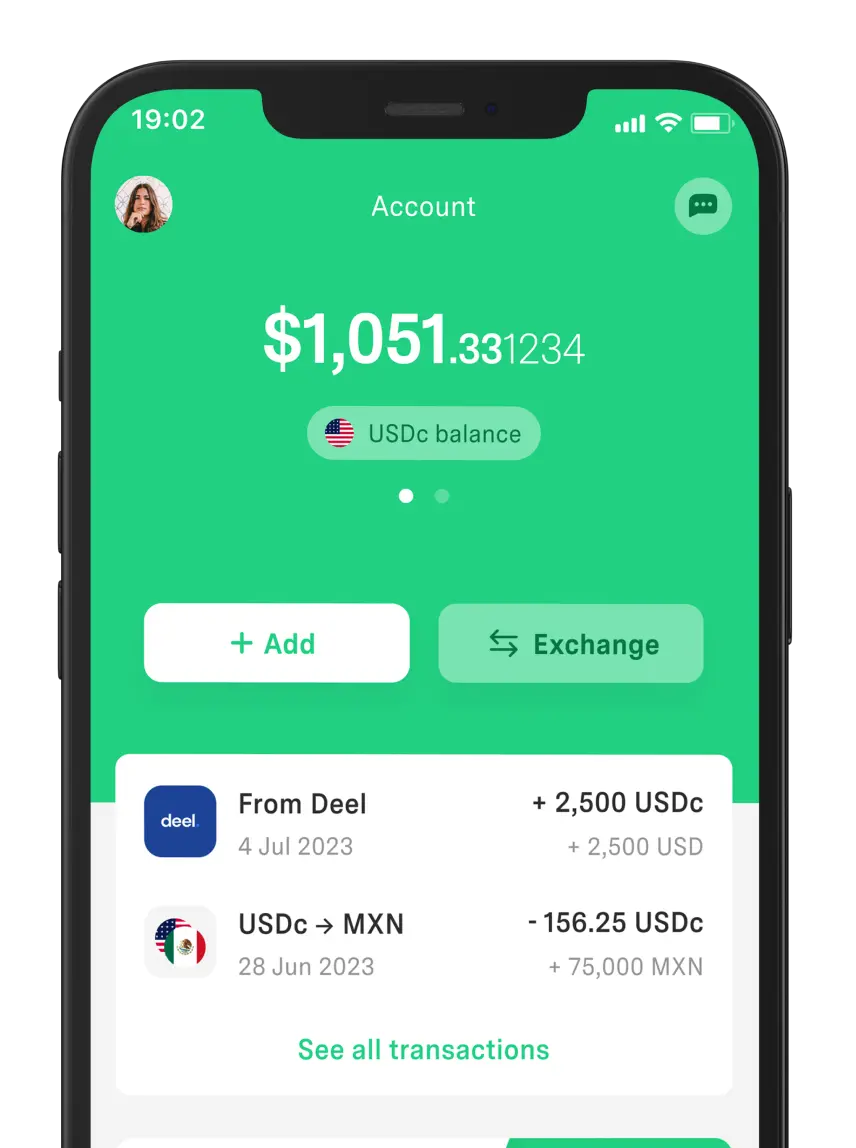 Freelancer tips
Freelancer tips Fiverr Mexico Taxes: How to be taxed as a freelancer?
If I am a freelancer, do I have to pay taxes? Yes, you must if you live in Mexico and generate income through Fiverr or other platforms



Synergy is the joint action of elements that, by working together, generate a result greater than the sum of their parts. This principle reflects how the power of effective cooperation among people, teams, or systems makes it possible to achieve shared goals with greater impact.
Today, synergy is a fundamental concept in the business and tech worlds—and in everyday life. Its application shows that integrating efforts can create greater value than individual work alone.
If you’re not yet familiar with the topic, in this post we explain what synergy is, the main types that exist, and a few examples.
The RAE defines it as the “action of two or more causes whose effect is greater than the sum of the individual effects.” This concept is often interpreted as the outcome or positive effect of that joint action.
The term comes from the Greek synergía (συνεργία), derived from “syn” (together, with) and “érgon” (work, deed, action). Hence the core idea of joining forces to reach a common goal.
A clear example of synergy is when a work team combines its skills to achieve results more quickly and effectively.
That’s why the most common meaning of synergy is the one associated with a positive effect—when two or more people or elements work together and achieve an outcome greater than what each could reach separately.
Some terms commonly associated with synergy include:
Alliance
Unity.
Association.
Cooperation.
Coordination.
Harmony.
Mutual support.
Integration.
Alignment.
Most of these connect to the idea of working together toward the same end.
So, do synergy and teamwork mean the same thing?
No, but they complement each other.
Teamwork is when several people collaborate toward a common goal. Synergy, on the other hand, is the effect achieved when that cooperation performs at its best—surpassing what each member could accomplish individually.
However, even though synergy is often tied to positive effects, in some cases it doesn’t enhance results—it reduces them…
Synergy tends to appear in various forms and to produce very different outcomes, which is why we distinguish between:
Positive synergy. Occurs when cooperation among individuals or elements improves performance and results. This is the most common.
Negative synergy. Arises when collaboration produces the opposite effect—i.e., it reduces efficiency or creates conflicts that hinder objectives.
Internal synergy. Takes place within the same group, where parts coordinate toward the same purpose.
External synergy. Occurs among different groups, institutions, or systems that collaborate with each other.
Generally speaking, synergy depends on how joint work is combined, regardless of context. What’s certain is that it can turn collaboration into a force that multiplies each part’s potential.
Business synergy is the union among people, departments, or even organizations to meet shared goals more effectively. In general, this is what allows them to generate more profitable outcomes.
Business synergy is built through:
Effective communication, to maintain an open exchange of ideas and allow each member to share their point of view.
Collaboration that fosters mutual trust through values like honesty and transparency.
Shared vision, to align team objectives and work toward the same end.
Even in home office environments, workplace synergy is still possible with commitment and consistent communication—especially with digital resources that help maintain collaboration and efficiency regardless of a team’s location.
Boosts innovation by combining different ideas and perspectives to create more creative solutions.
Improves operational efficiency, optimizing resources and avoiding duplicated efforts across areas.
Drives staff motivation, since each member sees the value of their contribution within the team.
Strengthens a collaborative culture that’s reflected in the organization’s sustained growth.
A frequent case of business synergy occurs between marketing and sales. For example, by coordinating strategies and sharing customer insights, they can optimize campaigns, increase conversion, and strengthen the relationship with the audience.
Smart synergy is based on integrating technology, automation, and AI to connect hybrid teams and improve their performance.
Think of it as an evolution of traditional collaborative work, since it combines human capabilities with digital solutions.
In fact, there are plenty of tools that power smart synergy, including:
Options like Slack, Krisp and Notion for communication and collaboration.
Task and project management platforms—for example, Asana, Monday.com, and Trello.
Automation and artificial intelligence software such as Zapier, Make, and ChatGPT.
These technological solutions make it possible to sustain smart synergy in hybrid or fully remote environments. That’s why many companies use them to centralize information, reduce errors, and improve collective productivity.
Synergy is a concept used in different contexts, so it can be seen in:
Technology, with software that connects systems and digital tools so different processes work together.
Science, through ecosystems where different species and elements interact in balance.
Companies, by integrating interdisciplinary teams that combine knowledge and skills to achieve common purposes. It also shows up in 1:1 meetings, since they promote communication and trust to reinforce joint work.
Everyday life, when family members organize themselves to complete household tasks or plan an event.
In any sphere, synergy shows that joining efforts can generate stronger, more balanced results than individual work.
Synergy is the force that drives superior outcomes and strengthens relationships among people, teams, and organizations. It reminds us that success doesn’t depend only on individual effort, but on the ability to come together, collaborate, and move forward as one.
When you achieve an effective connection among efforts, talents, and objectives, the impact multiplies—and opportunities arise that wouldn’t exist individually.
Therefore, fostering synergy improves productivity and strengthens the sense of unity in any environment.
Want to strengthen your finances?
Use DolarApp to receive or send international payments—whether in digital dollars or euros. Our app gives you what you need to handle multiple currencies at once without the hassle.
With us you pay only 3 USDC/EURc per transaction for sending or receiving funds, regardless of the amount. Plus, we offer a fair and transparent exchange rate for buying/selling USDC or EURc, at no extra cost.
It’s when teams, different areas, or companies join forces to achieve a common end. Besides occurring within a single company, it can also arise in alliances among multiple organizations.
Collaboration is the action of working alongside others toward a shared purpose. Synergy is what happens when that collaboration functions optimally and amplifies the results obtained.
It’s a combination of teamwork, technology, and automation. This makes it possible to connect people, processes, and tools to improve communication, optimize tasks, and boost productivity across environments.
By fostering open communication, mutual trust, and shared objectives. It also helps to recognize individual contributions and promote collaboration, as well as to use tools that facilitate coordination and joint work.
Sources.

Los países tienen fronteras. Tus finanzas, ya no.
 Freelancer tips
Freelancer tips If I am a freelancer, do I have to pay taxes? Yes, you must if you live in Mexico and generate income through Fiverr or other platforms

 Freelancer tips
Freelancer tips A contract clause isn’t the same in every case. Discover what it is, common types, and some examples to understand its importance.

 Freelancer tips
Freelancer tips Team drowning in chaos? Discover the tool that clarifies roles, avoids mistakes, and boosts project flow.


